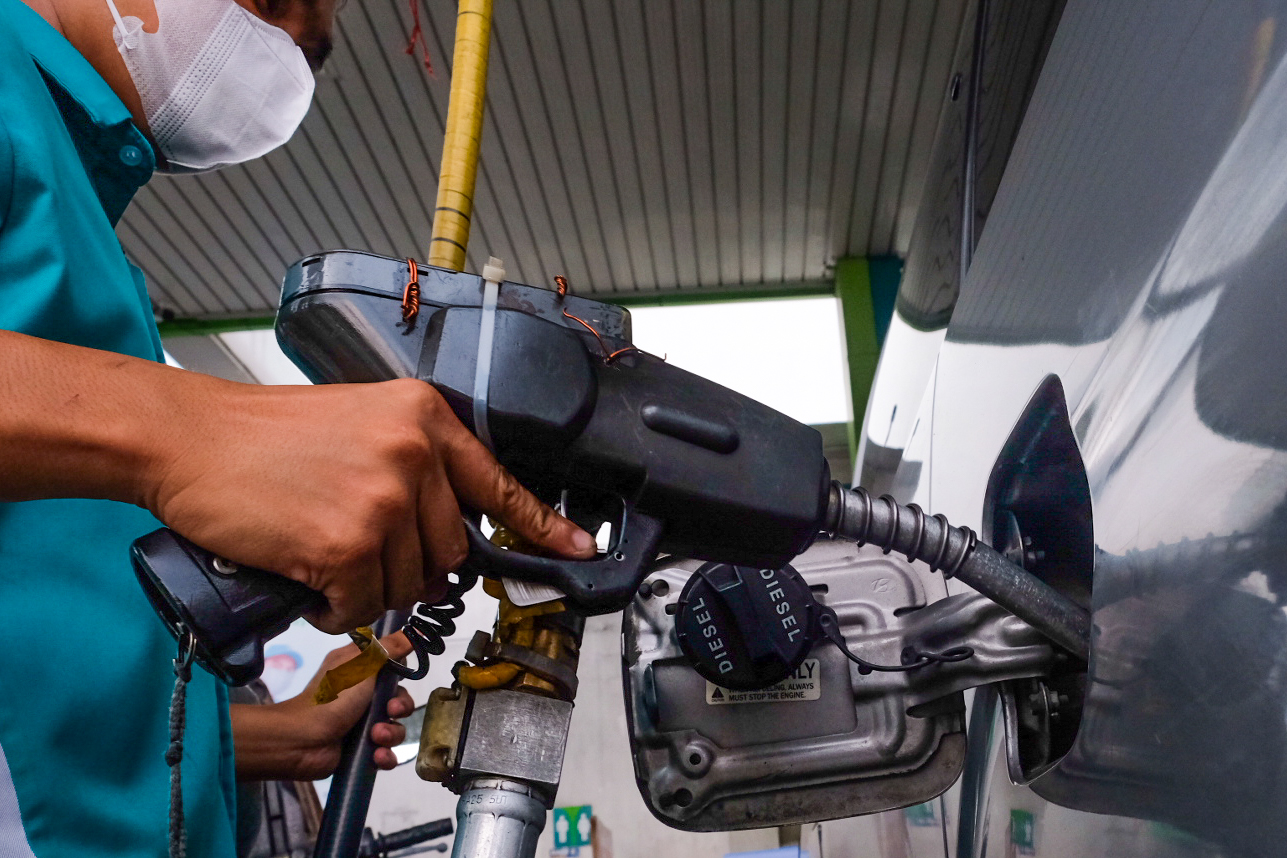Global fears of recession has kept fuel traders worried but which is feeding hopes for further price reductions beyond the substantial rollback next week of more than P1 per liter.
Based on the oil trading data from Monday to Friday, an industry source said rollback on diesel prices will be sustained with an anticipated P2 to P2.30 cut in per liter prices.
Gasoline, on the other hand, will also have a downward adjustment of P2.10 to P2.40 per liter.
This week, oil companies announced a P0.60 per liter reduction in the prices of diesel and a P0.75 per liter cut in kerosene prices. Gasoline, on the other hand, inched up a bit by P0.75 per liter.
Data from the Department of Energy showed as of 2 August, the cumulative increase in diesel stood at P32.35 per liter and gasoline at P19.65 per liter.
Oil companies announce price adjustments every Monday to be implemented on the following morning.
They adjust their prices weekly based on the movement of Mean of Platts Singapore, the regional pricing benchmark adopted by the deregulated downstream oil sector.
Effect of Fed tightening
Department of Energy-Oil Industry Management Bureau Director Rino Abad said the global crude oil market is feeling the effect of the recent monetary policy tightening implemented by the US Federal Reserve.
The Fed hiked its key policy rate by 75 basis points to help tame inflation.
Monetary policy or interest rates are among the tools used by central banks to stabilize inflation through controlling money supply by raising borrowing costs.
While oil prices rose on Friday, recouping some of this week’s losses on strong US job growth data, they closed the week at their lowest levels since February, rattled by worries a recession could hit fuel demand.
International benchmark Brent crude settled up 80 cents to $94.92 a barrel, 11 percent off last Friday’s settlement. US West Texas Intermediate crude settled up 47 cents to $89.01, off eight percent since the start of last week.
Oil traders have fretted about inflation, economic growth and demand, but signs of tight supply kept a floor under prices.
The number of oil rigs, an early indicator of future output, fell seven to 598 in the week to 5 August, the first weekly decline in 10 weeks, energy services firm Baker Hughes Co said in its closely followed report on Friday.
The OPEC+ producer group agreed this week to raise its oil output goal by 100,000 barrels per day in September, but this was one of the smallest increases since such quotas were introduced in 1982, OPEC data showed.
Supply concerns were expected to ratchet up closer to winter, with European Union sanctions banning seaborne imports of Russian crude and oil products set to take effect on 5 December.
